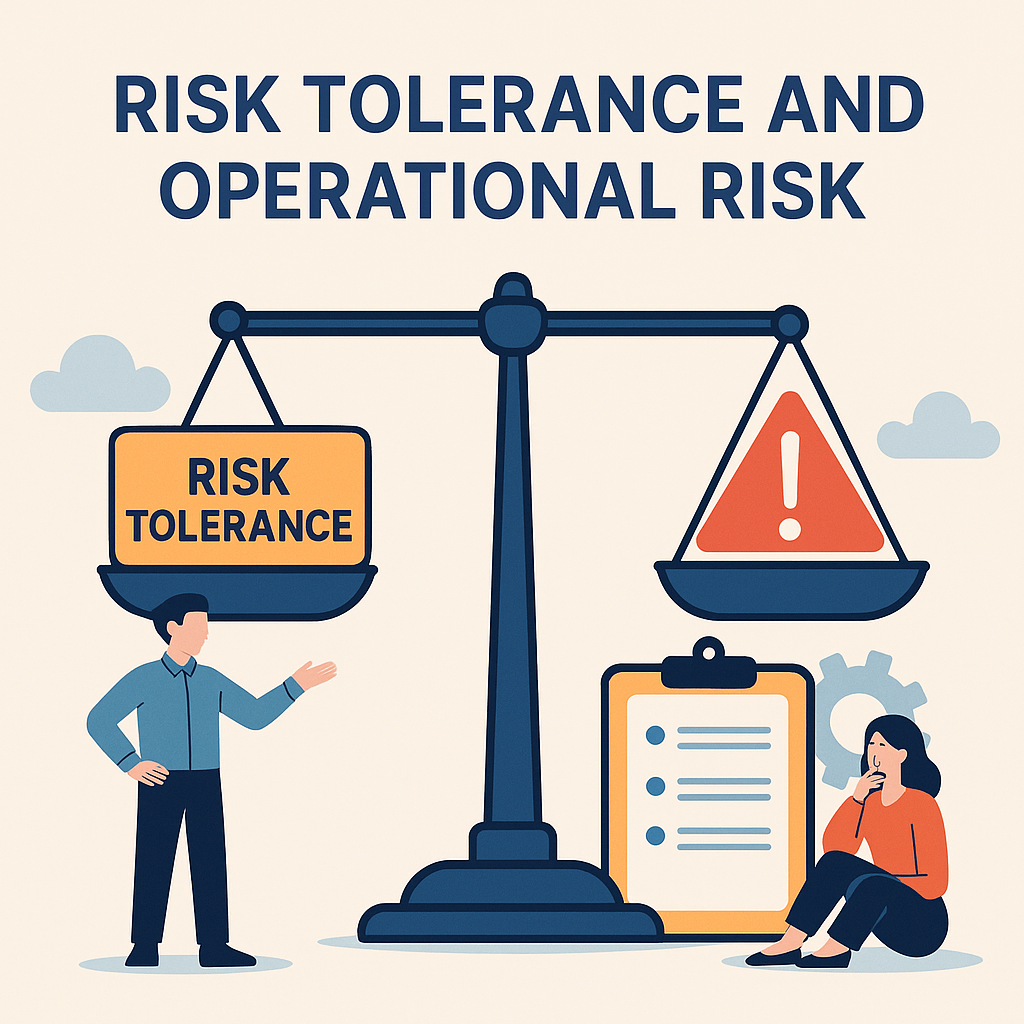Introduction
The internal audit function is undergoing a massive transformation, driven by disruptive technologies such as artificial intelligence (AI), robotic process automation (RPA), blockchain, and advanced data analytics. These technologies are revolutionizing traditional audit methodologies, allowing internal auditors to enhance efficiency, improve risk management, and provide deeper insights.
This blog is a quick miniature note which explores how disruptive technologies are reshaping internal audit, their practical applications, and the challenges organizations face in adopting them.
The Impact of Disruptive Technologies on Internal Audit
1. Artificial Intelligence (AI) for Enhanced Audit Insights
AI-powered tools can analyze vast amounts of data in real time, detecting anomalies, patterns, and potential fraud more efficiently than manual processes. The integration of artificial intelligence into the review and assessment of processes, data points and data lakes are reshaping how audit universe will look like, audits are planned and conducted, enhancing both efficiency and accuracy. Audit recommendations are slowly driven towards data stories and improvement opportunities.
Example: A multinational financial institution implemented AI-driven anomaly detection to identify suspicious financial transactions, reducing fraud risks by 35%.
2. Robotic Process Automation (RPA) for Efficiency
RPA automates boring, repetitive, rule-based audit tasks such as data extraction, validation, and reporting, freeing up auditors to focus on high-value activities. By designing bots to perform all the non-productive and workflow-based task, audit team can utilize their focus in impactful risk assessment, operational reviews and add value to the organization.
Example: A retail corporation deployed RPA bots to automate compliance checks across multiple business units, reducing audit cycle times by 50%.
3. Blockchain for Transparency & Security
Blockchain technology ensures immutable audit trails, enhancing transparency and security in financial reporting, compliance, and fraud prevention. Industries have started implementing blockchain technology hence, it is also essential for auditors to grasp the working mechanism, security protocols and other associated infrastructure with blockchain. Good Read: Blockchain for IA
Example: An insurance company utilized blockchain-powered smart contracts to streamline claims processing, reducing fraud and processing time significantly.
4. Advanced Data Analytics for Risk Assessment
Big data analytics enables auditors to identify trends, detect anomalies, and predict risks before they materialize. Use of predictive and probability-based analytics of audit universe and risk profile is very helpful.
Example: A logistics company leveraged data visualization dashboards to monitor supply chain irregularities, improving operational resilience and reducing losses.
Overcoming Challenges in Adopting Disruptive Technologies
While the benefits of disruptive technologies in internal audit are clear, organizations face several challenges:
- High implementation costs: Investing in AI, RPA, and blockchain can be expensive.
- Skill gaps: Internal auditors need to develop expertise in data analytics, AI, and automation.
- Resistance to change: Traditional audit teams may be hesitant to adopt new technologies.
- Data privacy concerns: Organizations must ensure compliance with evolving regulations around AI and automation.
Solution:
Organizations should invest in continuous learning, upskilling auditors, and adopting a phased approach to integrating disruptive technologies.
The Future of Internal Audit with Disruptive Technologies
As technology continues to evolve, internal audit functions will become more data-driven, predictive, and agile. Future trends include:
- AI-powered predictive auditing: Anticipating risks before they escalate.
- Real-time continuous auditing: Eliminating the need for periodic reviews.
- Automated compliance monitoring: Using machine learning to track regulatory changes.
- Integration with cybersecurity frameworks: Strengthening digital risk assessments.
The above trends are based on what is emerging in the industry as of 2025, however, with new innovation, there might be new trends looping in. Learn more about emerging technologies via our tailored blogposts and quick outlooks.
Example: A multinational energy company implemented real-time risk monitoring dashboards, allowing leadership to make proactive business decisions and minimize operational disruptions.
Conclusion
Harnessing disruptive technologies in internal audit is no longer optional—it is a necessity. By leveraging AI, automation, blockchain, and advanced analytics, organizations can transform their internal audit functions into proactive, strategic, and value-driven operations.
As businesses embrace these innovations, internal auditors must adapt by developing new skills, embracing digital transformation, and positioning themselves as key drivers of risk intelligence and business resilience.
References
- Deloitte – AI and Automation in Internal Audit
- KPMG – Harnessing Disruptive Technologies in Auditing
- PwC – Blockchain and AI in Internal Audit
- The Institute of Internal Auditors (IIA) – The Future of Internal Audit
- Harvard Business Review – Digital Transformation in Audit









